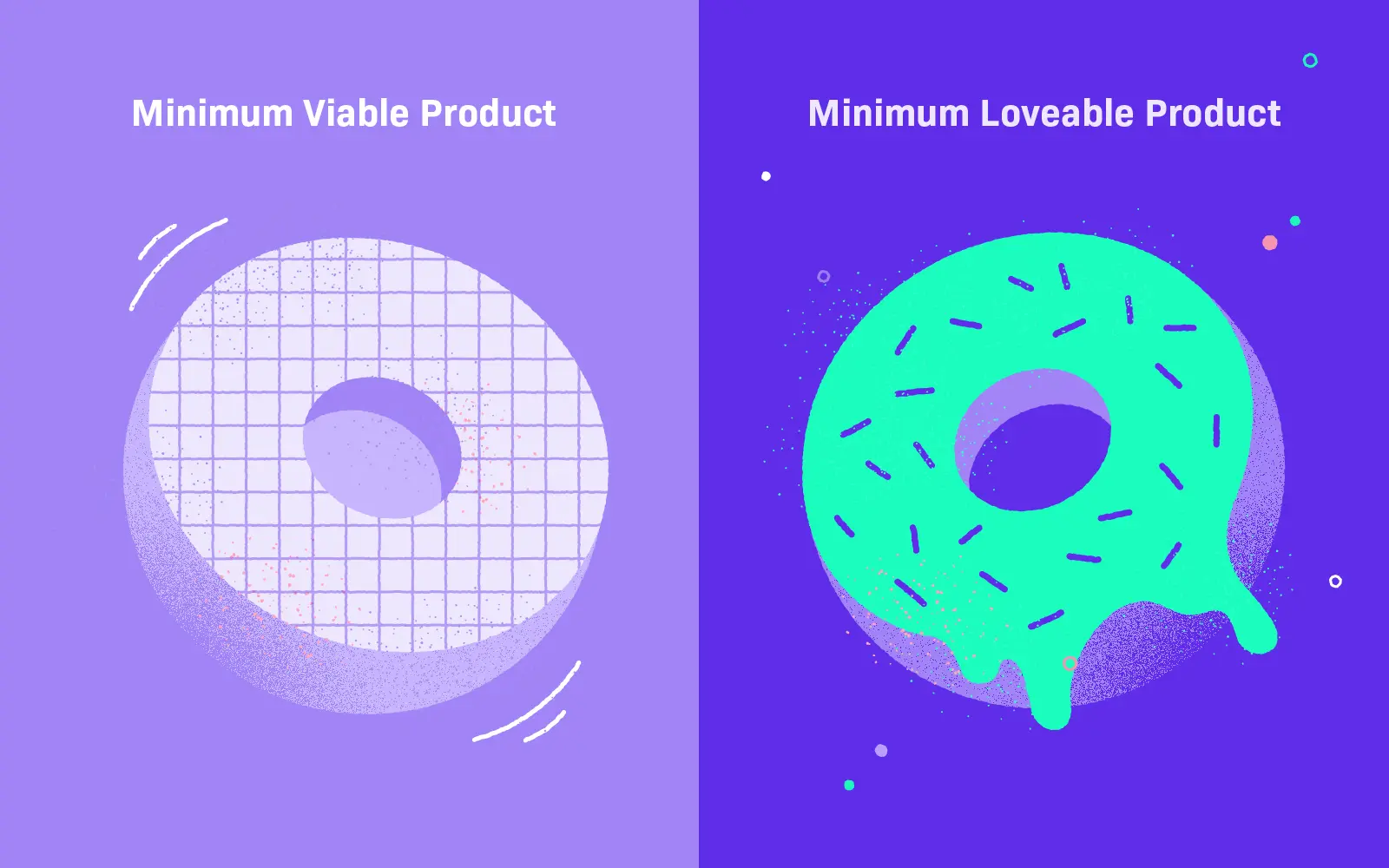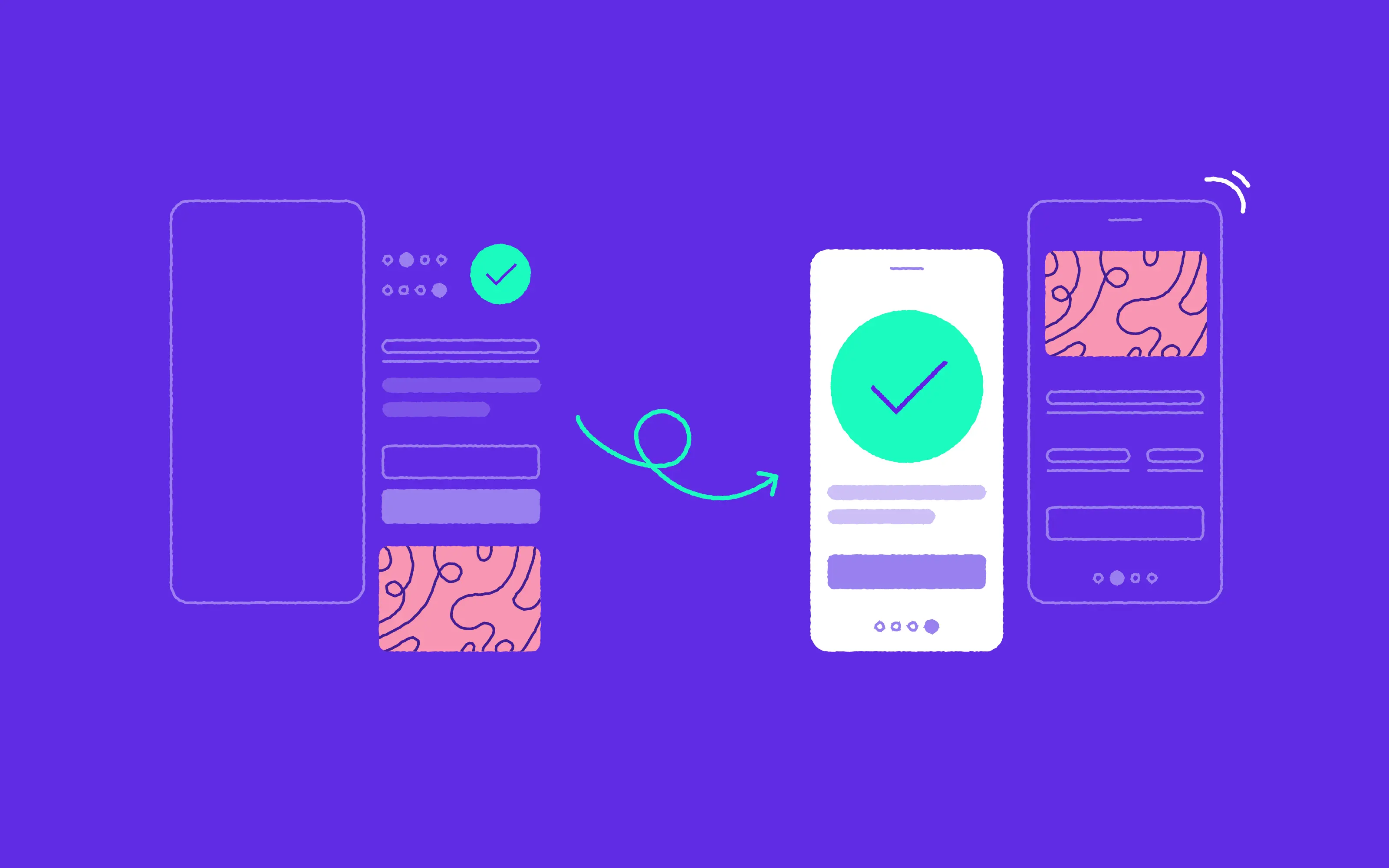
The Minimum Viable Product, or MVP, has been an entrepreneurial and tech buzzword since its inception in the first decade of the century. Many products have been built on the framework since then. Few, like Twitter, have succeeded, but plenty has failed. Despite this, for many years, the MVP reigned supreme and unquestioned. That was until recently when a few cracks in its armor began to appear. We decided to take a deep dive into the challenges that MVPs present and take a look at some alternatives which may have a lot more to offer.
The problems associated with a Minimum Viable Product
There are several problems inherent in the name itself, as it includes the words “minimum” and “viable.” It has to do with user experience design. The trouble is that products built in the MVP framework are more often “minimum” than “viable”. The fundamental problem with an MVP is that it is not made with users in mind, but rather developers and production teams. A Minimum Viable Product is created to validate a product idea with minimal effort and resources put into the process. The basic idea behind it is simple and it makes sense at the first glance. Create something and see if users like it and use it on a regular basis. The problem is that if your team delivers a mediocre, broken product, your early customers, who could also be your investors, will leave and never come back.
Another issue is that over and over again, MVPs have also been used as an excuse for shipping poor-quality products or services. The assumption is that they are just a worse version of a finished product.
There is also a problematic situation with entrepreneurs using MVPs to raise the next rounds of funding for poorly performing products. In some cases, this results in millions of dollars of funding, which doesn’t end up getting used by anyone because the user has been forgotten or entirely ignored in the process.
The remedy for that is a proper understanding of user experience design.
A Minimum Viable Product has several unquestionable benefits
We have to remember that not everything is bad about MVPs. They allow you, as a product owner, to be fast in the Blue Ocean markets, giving you an advantage over the competition. A Minimum Viable Product can also act as a proof of concept, where you easily perform market validation. They can also help you save money, releasing a product without thousands spent on development and marketing.
With low budget and time constraints, an MVP does sound like a perfect solution to release an early version of a product but, as previously mentioned, it forgets the most important part of it — the user. So, what can be done to remedy this? The answer lies in tweaking the term and using user experience design in a new way.
Introducing the Minimum Loveable Product — putting the user first
There is a solution that could help you focus on the user within your time and budget constraints. It’s called SLC — Simple, Loveable, Complete, but it’s more often referred to as MLP (Minimum Loveable Product). Want to know the best part? It doesn’t negate the MVP, but uses it as a base and builds upon it.
Minimal / Simple
The principal idea is that customers don’t need bells and whistles but they need a product that is easy to use and has a great user experience. You don’t need to create a product with dozens of functionalities that are rarely if ever used. Just focus on the essentials. This way you’ll lower the learning curve and anxiety for your users.
To achieve that, you do need some research, though. The good thing is that the MLP, unlike MVP, is usually built with many product alternatives existing in the market so you have easy access to users you can talk to. Do you already see the benefits of this new approach to user experience design?
Loveable
You can’t build a product based only on functionalities alone. The design also creates value and evokes customers’ emotions from the very beginning. You don’t need another iteration for that.
Complete
Slick products focus on essential functionalities. A product can be small but it has to be functional. The existing features don’t leave the user hungry for more. The most important ones are already included. What’s more, the product can exist without any further development.
Think of WeTransfer, a web browser-based large files transfer tool. Its only function is to upload a file and send it to anyone in the world. It has one upload button and a short email form where you put the address of a receiver. It ticks all the boxes — it’s very easy to learn, it’s fast, and it’s beautiful. The art included on the website and their environmental commitment speaks to their main audience, young creatives. It also doesn’t need any extra features. Everything is already included.
User experience design will get you loyal users!
If you care about your users’ needs and creating a long-term relationship with them, try something new. The next time you create a product, try to take some time and think about how to make your MVP into an MLP. We live in a world where simple tech will not impress users anymore. So, start thinking beyond your product’s functionality and create one that your users will love.
The first step is to understand market needs. The second is to find a reliable software development partner. Preferably the one that knows the way around digital product development.



